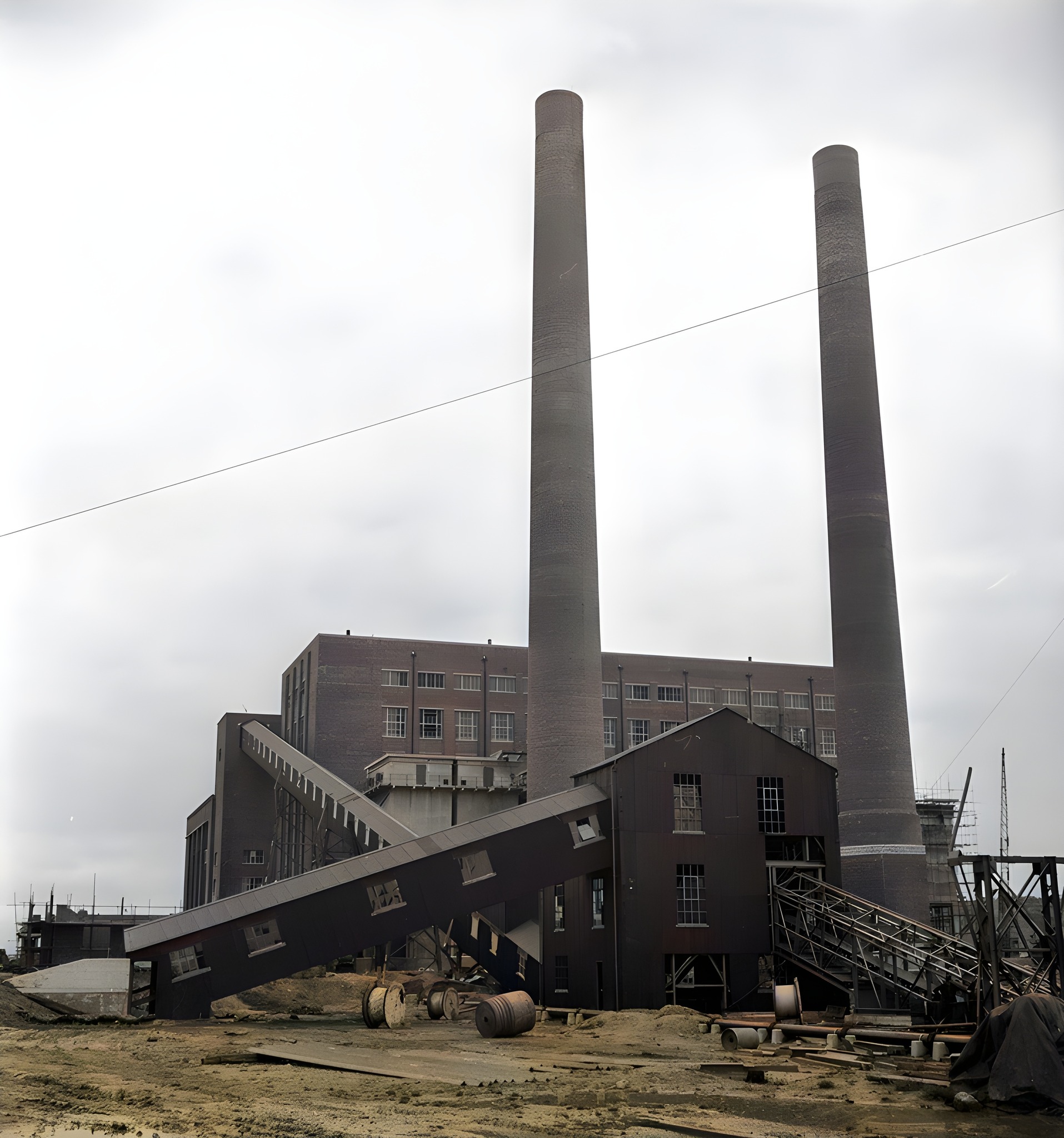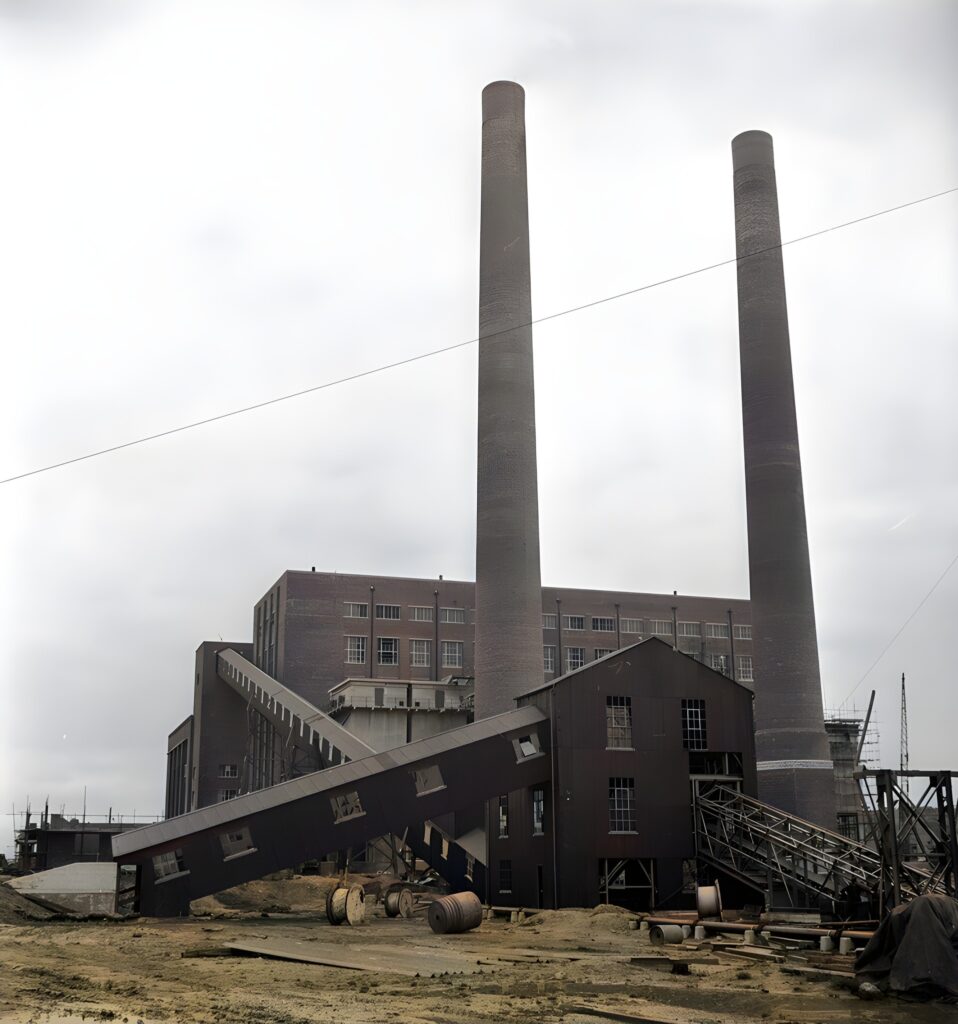
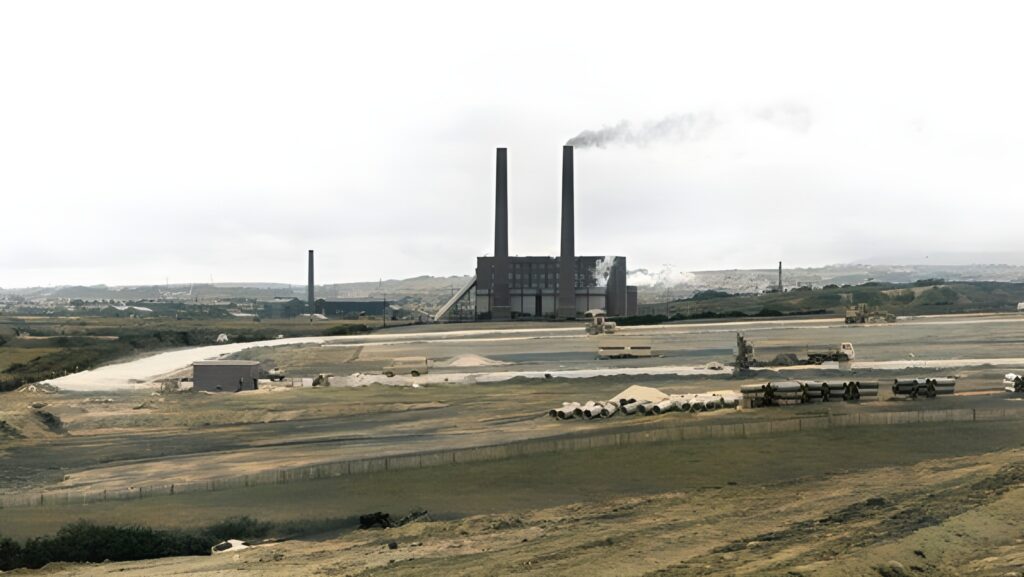
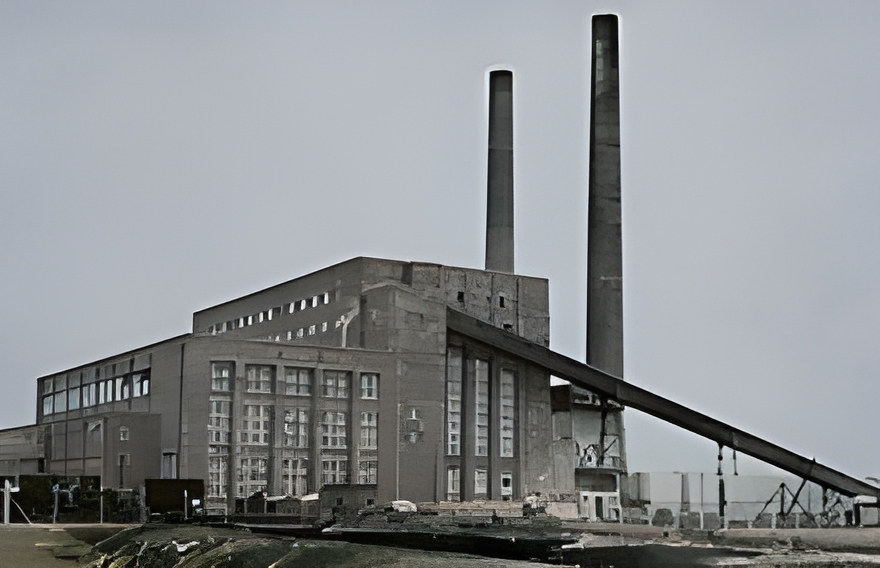
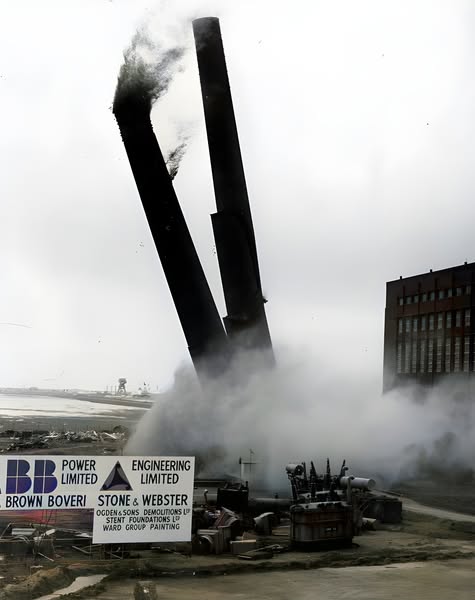
Perched on the rugged edge of Barrow-in-Furness, where the wind carries the salt of the Irish Sea and the hum of industrial history, Roosecote Power Station stands as a testament to the ever-changing face of Britain’s energy landscape. For more than half a century, it has witnessed the rise and fall of energy technologies, adapting to the demands of a nation in transition. From its beginnings as a coal-fired powerhouse in the 1950s, to its reinvention as one of the UK’s first gas turbine plants in the 1990s, and its most recent role in the green energy revolution as a cutting-edge battery storage facility, Roosecote’s story is one of resilience, reinvention, and forward-thinking.
In this journey, Roosecote mirrors the shifting tides of industrial progress, technological advancement, and the global push for sustainability. Let’s explore the full history of this remarkable site, and how it has helped power the past—and is now shaping the future.
The Early Years: Coal-Fired Power (1953–1986)
The foundations of Roosecote Power Station were laid in the early 1950s when the British government, in its mission to provide reliable energy to its growing industrial landscape, turned to coal. Roosecote was constructed to replace an older, less efficient plant in Barrow. The chill of the northern air, carried by the wind from the sea, swept across the coal yards as the first boilers fired up in 1953. With four Metropolitan-Vickers steam turbines, each generating 30 MW, the station became an essential part of the national grid, contributing to the needs of a rapidly industrialising north-west of England.
The power station was managed by the Central Electricity Authority (CEA) under nationalised control. Throughout the 1960s and 1970s, Roosecote’s output peaked as it fed electricity into the grid, helping to power homes and factories alike. The rhythmic hum of steam turbines became a constant soundtrack, a reminder of the station’s role in the nation’s post-war recovery.
However, by the 1980s, coal was becoming less viable as a fuel source. Advances in environmental awareness and the growing demand for cleaner energy meant that Roosecote’s ageing infrastructure could not compete. In November 1986, after three decades of service, the CEGB officially decommissioned the coal-fired plant. The once-thriving site fell silent, its towering chimneys standing as silent sentinels over a changing industrial world.
A New Era: Gas-Fired Combined Cycle (1991–2012)
Roosecote’s closure in the 1980s marked the end of an era, but it also heralded the beginning of something new. As the UK’s energy market evolved with privatisation, a fresh vision for Roosecote emerged in the early 1990s. The station was transformed into a combined cycle gas turbine (CCGT) plant, marking Roosecote as one of the first independent power projects in the UK post-privatisation.
By November 1991, Roosecote’s new gas-fired facility came online, providing a much-needed boost to the nation’s electricity supply. The site now operated with a single gas turbine producing 165 MW and a steam turbine generating an additional 63 MW. The air around the site, which had once been thick with the smoky scent of burning coal, now buzzed with the sharper hum of gas turbines as they whirred into life, their exhaust spewing steam in graceful arcs into the crisp Cumbrian air.
The decision to transition from coal to gas was not just about improving efficiency—it also symbolised a shift in the UK’s energy policy, with natural gas being seen as a cleaner, more efficient alternative to coal. The gas-fired plant enjoyed a high thermal efficiency of around 49%, and Roosecote became a cornerstone of the UK’s ‘dash for gas’ in the 1990s. The smooth sound of the turbines, the unmistakable taste of ozone in the air, and the slight warmth on your face from the exhaust vents were now the hallmarks of this new technological era.
Ownership Changes: From ABB to Centrica
Roosecote’s journey wasn’t just marked by changes in technology—it also saw shifts in ownership. Initially, the plant was operated by Lakeland Power Ltd, a joint venture between ABB and Cumbria Power, before being sold to Edison Mission Energy in 1999. The station’s ownership continued to evolve, with Centrica taking over the plant in May 2003 after Edison Mission Energy’s parent company, TXU, entered receivership.
Under Centrica’s stewardship, Roosecote continued to contribute to the national grid, even as the energy landscape began to change again. The quiet hum of the turbines, now over a decade old, continued to provide power, but the shift towards renewable energy sources was beginning to be felt.
The End of an Era: Decommissioning and Demolition (2012–2015)
By 2012, the writing was on the wall for Roosecote’s gas turbine plant. The UK government had introduced stricter emissions regulations, and Roosecote’s ageing infrastructure was becoming increasingly uneconomic to run. In a move reflecting both the challenges of a changing energy market and Centrica’s long-term strategy, the decision was made to decommission the plant.
Roosecote’s once-proud chimneys and turbine halls stood as relics of a bygone era, and by 2015, after receiving demolition consent in 2014, the site was cleared. The large cooling towers, once the station’s tallest structures, were taken down. The unmistakable smell of oil and machinery faded as the plant was reduced to rubble, and the air around the site grew still once again.
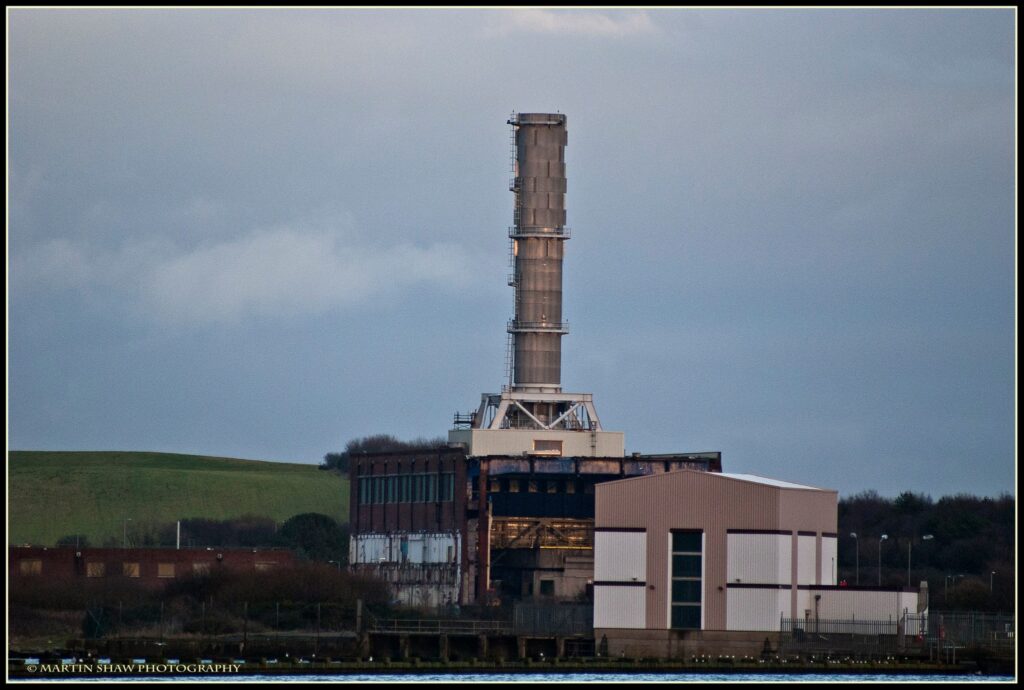
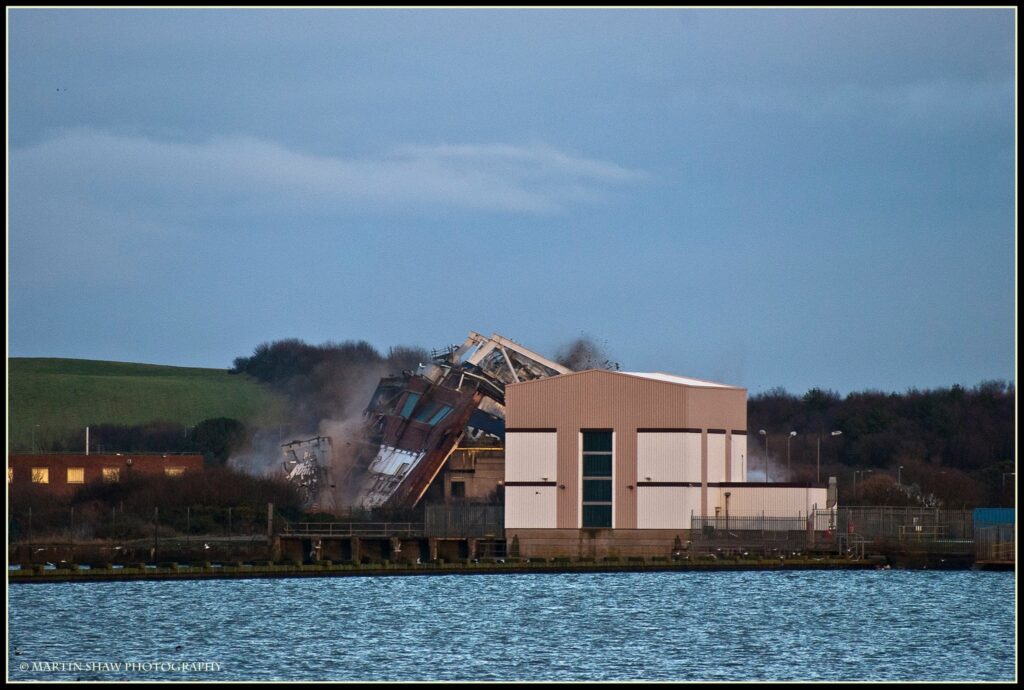
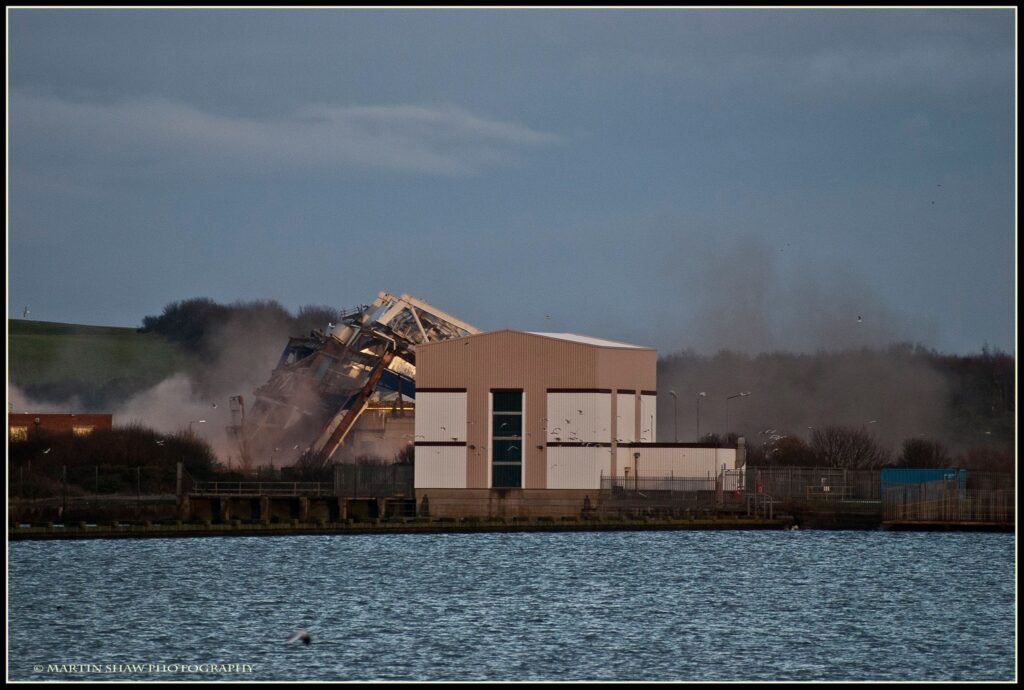
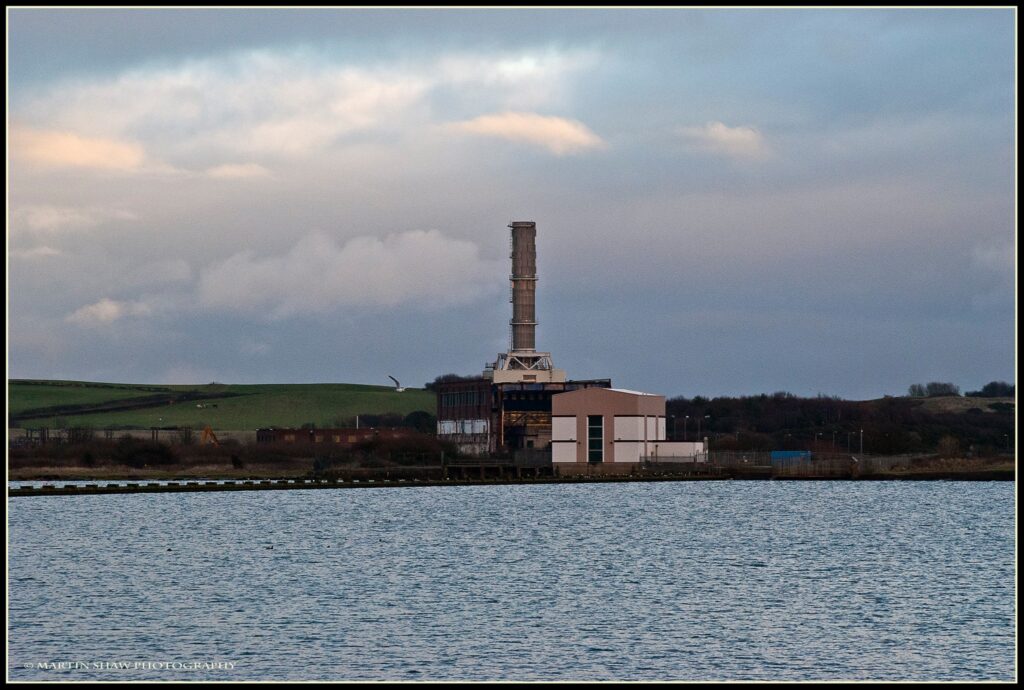
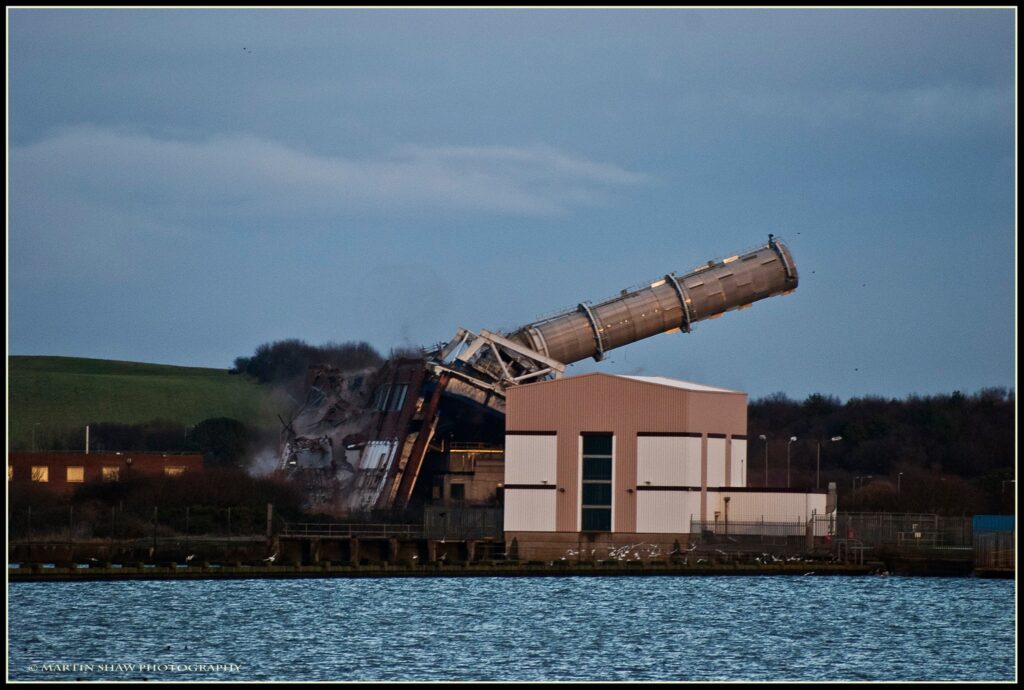
A New Dawn: Battery Storage (2018–Present)
But Roosecote’s story was far from over. As the world moved towards a greener, more sustainable energy future, the site’s legacy was reimagined. In December 2018, Centrica commissioned a 49 MW battery energy storage facility at Roosecote, bringing the site into the age of renewables. The new battery facility can absorb excess energy produced by wind and solar farms when supply outstrips demand, storing it for later use. It can discharge power to the grid in less than a second, helping to stabilise the UK’s electricity supply.
This shift from fossil fuels to energy storage was a reflection of the broader changes taking place within the UK’s energy landscape. The site, which had once belched smoke into the atmosphere, now quietly supports the grid in a new and environmentally friendly way.
Conclusion
The history of Roosecote Power Station is a tale of transformation. From its coal-fired beginnings to its pivotal role in the UK’s gas generation era, and now to its modern incarnation as a renewable energy hub, Roosecote has been at the heart of the UK’s energy evolution. The sight of towering chimneys and the sound of roaring turbines may have faded from the landscape, but the site’s legacy continues to shape the future of energy in the UK. Roosecote may no longer burn coal or gas, but its story is far from over—now, it helps power the green energy revolution.
#RoosecotePowerStation #BarrowinFurness #IndustrialHistory #EnergyTransition RenewableEnergy #BatteryStorage #Cumbria #NorthWestEngland #UKPower

